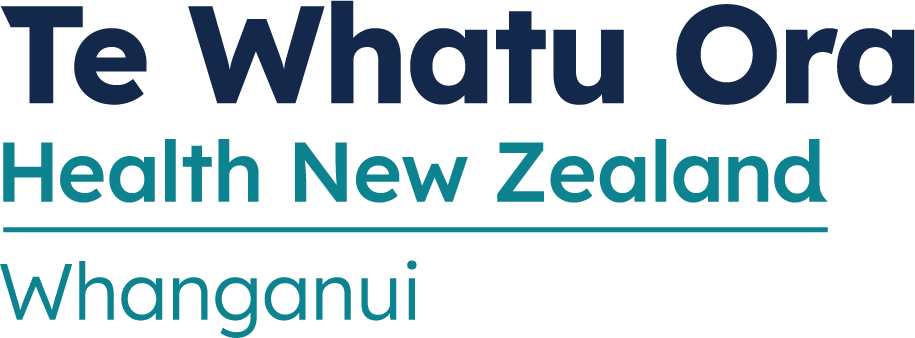
11 April 2020

Whanganui Region has some of the lowest national numbers for COVID-19 testing, but that’s not a complete surprise, given lack of community spread and lack of connection to community clusters elsewhere in New Zealand, says Medical Officer of Health Dr Patrick O’Connor.
Out of the 1000 people assessed at community based assessment centres (CBACs) since 19 March 2020, 380 people have been swabbed for COVID-19 (as of Friday 10 April 2020). The rate of swabbing has increased as the Ministry of Health has widened the case definition and identified priority groups for testing.
Dr O’Connor says the Whanganui Region’s testing numbers, which are relatively low compared to the rest of New Zealand, don’t mean people with health concerns aren’t being seen, triaged and followed up.
“All of our CBACs are following the Ministry of Health case definition for COVID-19 assessment and testing. Not everyone who presents to a CBAC will be swabbed, but we are confident in the numbers of the people we are swabbing. CBAC clinicians are swabbing about a third of the people showing up at our CBACS,” Dr O’Connor says.
“If a person meets the COVID-19 case definition set by the Ministry of Health, they are swabbed and sent home to self-isolate immediately. Following that, a clinician will be in touch with them about the results as soon as possible.
“Others will be assessed but not necessarily tested. They may be referred to a GP or to the hospital’s emergency department if they are very unwell with something which isn’t related to COVID-19. The CBACs also have packs of medication for people to take home.
“Assessing as well as testing means our clinicians can keep an eye on people who are unwell in our community. We made a decision early on when setting up the CBACs that clinicians would assess anyone who had concerns about their health or who are high risk for complications related to COVID-19 if they do test positive. The CBACs are a ‘catch all’ for both swabbing for COVID-19 and treating people for other illnesses as needed.”
Whanganui District health Board Chief Executive Russell Simpson says there are other factors which influence the low numbers of swabbing in the Whanganui Region.
“We are a rural community which is sparsely populated and spread out geographically across nearly 9800 square kilometres. We do not have an international airport and have had limited numbers of people return to our region from overseas. International arrivals make up the majority of those who have tested positive for COVID-19 nationally.
“Our confirmed cases of COVID-19 are low and the people who have tested positive have complied with the self-isolation rules and there is no community spread. Whanganui District Health Board with our partner agencies made a strategic decision a few weeks ago to ensure our district borders were closely monitored to ensure no unnecessary movement of people in and out of the region posing unnecessary risk to our people from exposure to COVID-19. Efforts have continued with Police patrols across the region this Easter weekend,” Mr Simpson says.
As of 11 April 2020, seven people have been confirmed as having COVID-19 in the Whanganui Region – all of whom have returned to New Zealand from overseas. Five people are in the Ruapehu District and two are in the Whanganui District.
All seven people have complied with self-isolation rules and been in daily contact with the Public Health Team to make sure they have food and other essentials.
Whanganui Region has six CBACs spread across the Whanganui, Waimarino and Rangitikei districts.
The Whanganui Hospital campus CBAC, 100 Heads Road, is open over Easter weekend from 8am to 9pm. All other CBACs will open again on Tuesday 14 April. If you are concerned about COVID-19, phone the COVID-19 Healthline on 0800 358 5453.



